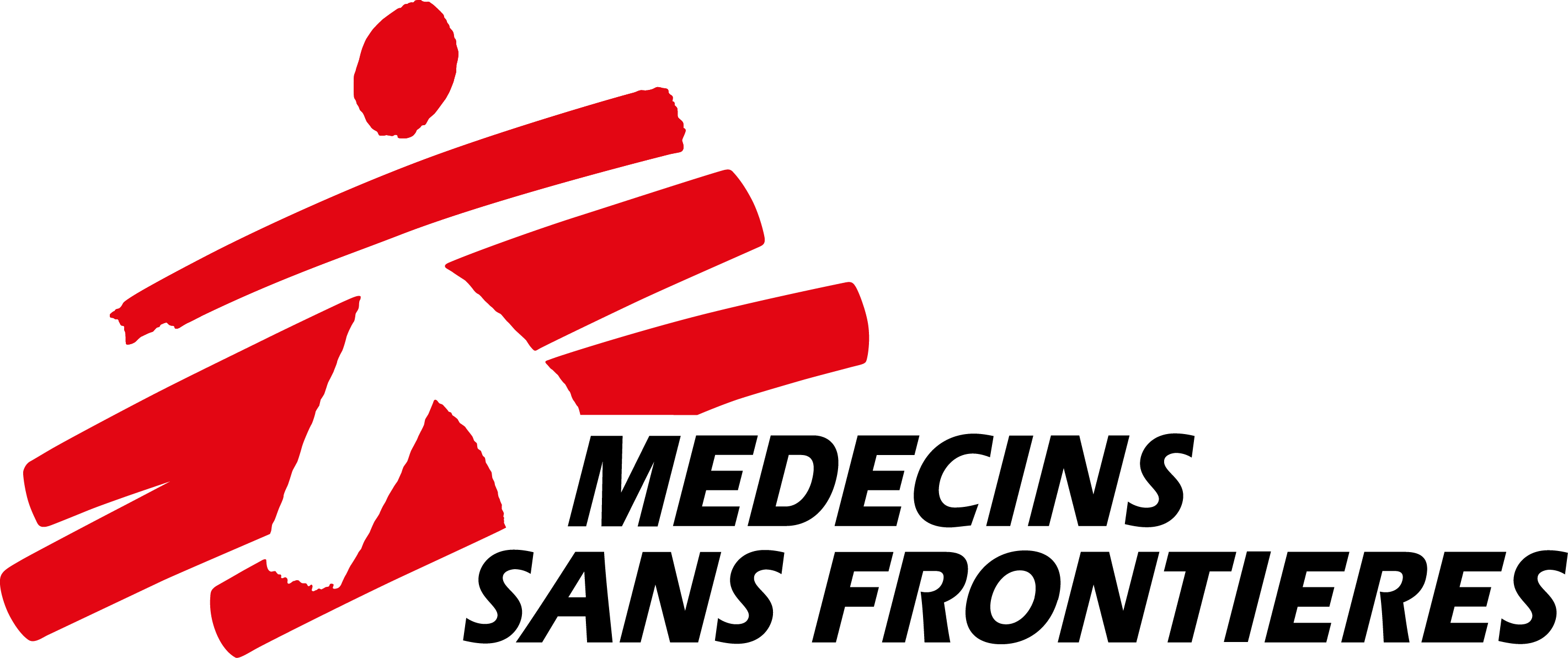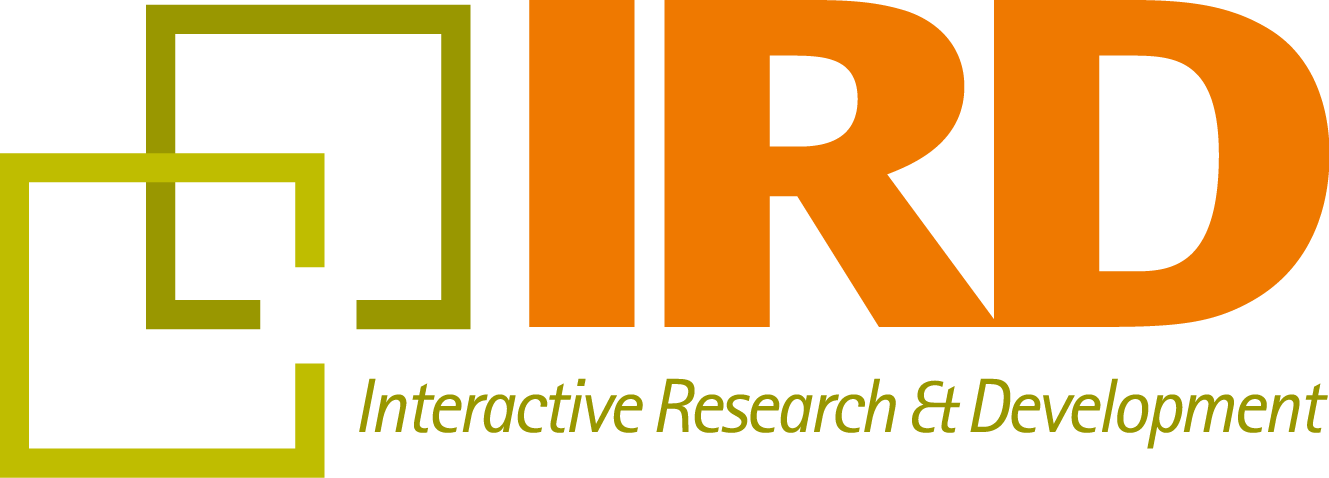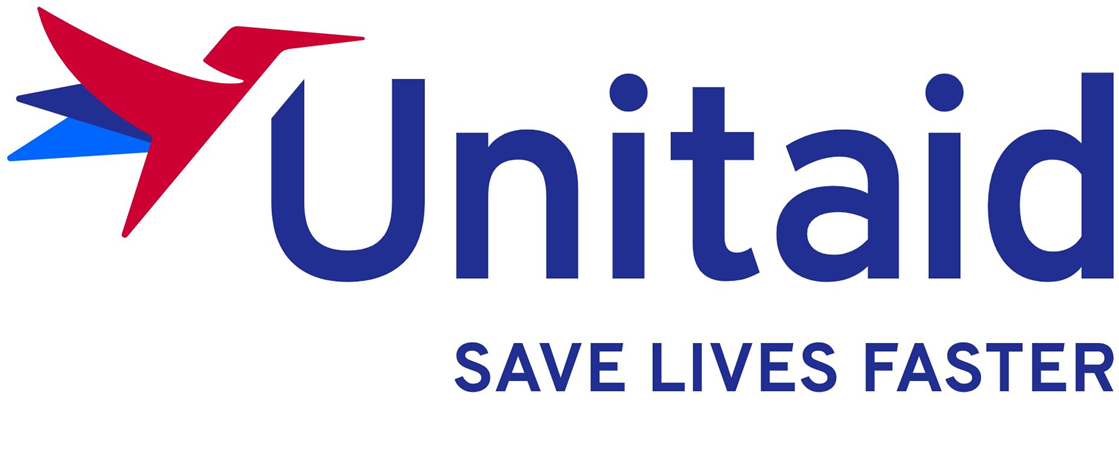Accelerate access and treating and closely monitoring a large cohort of patients with new TB drugs
The endTB observational study is a multicentre, prospective observational cohort looking at the effectiveness and the safety of MDR-TB treatment regimens containing bedaquiline and/or delamanid in 17 countries on four continents. This is the largest closely followed cohort of patients receiving bedaquiline or delamanid in the world. From April 2015 until end of December 2019, the observational study enrolled 2,804 participants: 2,070 (74%) received at least bedaquiline; 1,176 (42%) received at least delamanid.
Inclusion criteria
Two types of patients were considered for inclusion in the study:
➜ newly diagnosed patients with MDR-TB
➜ patients whose MDR-TB regimen was failing or who were experiencing excessive toxicity and who would benefit from a new regimen.
Patients who already started second line MDR regimens without new drugs and were doing well would generally not be evaluated for initiation of new TB drugs.
Lab support
Second-line drug susceptibility testing is important to the evaluation of MDR-TB patients enrolled in endTB. As such, access to a quality-assured/ quality-controlled (QA/QC) laboratory was needed at all sites. In sites where there is no such access, samples were sent to a supra-national reference laboratory.
Treatment guidelines
The observational study followed WHO TB treatment guidelines, as operationalized in the endTB Guide for New TB Drugs. This document described indications for the new TB drugs, developed jointly by in-country and central experts. This guide served as a "how-to" manual to evaluate patients for new TB drugs specific to the site's individual MDR-TB program.
Conduct an observational study
Using data from routine treatment and follow-up of MDR-TB patients receiving one of the new anti-TB drugs, the safety and effectiveness of treatment with the new drugs was evaluated. A standard protocol guided the collection of data for evaluation. Every patient who received Bdq or Dlm at an endTB project site was invited to participate in the observational study. Inclusion required signing of an informed consent form for study participation. Any patient who declined to participate in the observational study received the same quality of care as study participants, but their data was not included in the collection or analysis. The goal of the observational study was to enroll a minimum of 2,600 patients on MDR-TB treatment with new drugs.
Individual patient treatment decisions
Local physicians prescribed the treatment regimen for each patient. Site physicians and staff received training on the endTB Guide for New TB Drugs. The Guide was updated on a regular basis throughout the duration of the project.
Patient monitoring
Each enrolled patient was monitored according to the schedule outlined in the endTB Guide for New TB Drugs. Monitoring measured response to treatment (e.g. through sputum culture) and screen for potential adverse events. Although the new drugs were found to be relatively safe in the trials leading to their approval, these trials were small and rare events may have been missed. Routine screening is therefore critical to identifying such events.
Drug susceptibility testing:
Clinical decisions relied on drug susceptibility testing (DST) for drugs that had a reliable, pre-established testing method at laboratories with a proper QA/QC system. Projects were asked to freeze baseline cultures from all Output 1 participants. For patients with positive cultures after four months of treatment, sites were asked to ship baseline and a late positive culture to the Institute of Tropical Medicine (ITM) in Antwerp. ITM is a supranational reference laboratory working to develop drug susceptibility testing for the new TB drugs, were the primary reference lab for endTB.
Electronic Medical Records (EMR)
Data management systems are an essential part of any MDR-TB program. Existing data systems used by national TB programs to record and report information about MDR-TB treatment cohorts are often very basic and seldom facilitate monitoring and evaluation or data analysis. endTB used its partners’ extensive experience with electronic medical record (EMR) systems to improve clinical care and conduct operational research.
endTB maximized the capabilities of its EMR system to meet the needs of clinical, research, and reporting purposes. This system is available for free to all other TB treatment sites and countries outside of the endTB program. It also allowed national TB programs to continue the work after the endTB project ends. The endTB EMR system includes:
➜ data capture
➜ secure storage of all study variables
➜ collection and storage of additional valuable clinical information for MDR-TB treatment
➜ adverse event tracking (of key importance to pharmacovigilance component)
➜ a safety module that will facilitate reporting and interface with the dedicated pharmacovigilance database.
Pharmacovigilance (PV)
Pharmacovigilance is a proactive, medically driven, safety risk management system that focuses on adverse drug reactions. A good pharmacovigilance system requires training and a real-time communication system with the central PV unit
A central endTB PV unit was established to serve both the operational study and the clinical trials for two primary functions:
➜ Serious adverse events (SAE) reporting - SAEs and suspected unexpected serious adverse reactions (SUSAR) are reported to the relevant national authorities, in accord with national regulations concerning the timing and content of adverse event reporting. In addition, staff will also report any adverse events to the endTB central PV unit. This unit will ensure the quality and completeness of the information and contact the clinician for additional or clarifying information, when needed.
➜ SAE database - SAE reports will be entered in a central PV database6 for immediate analysis.




